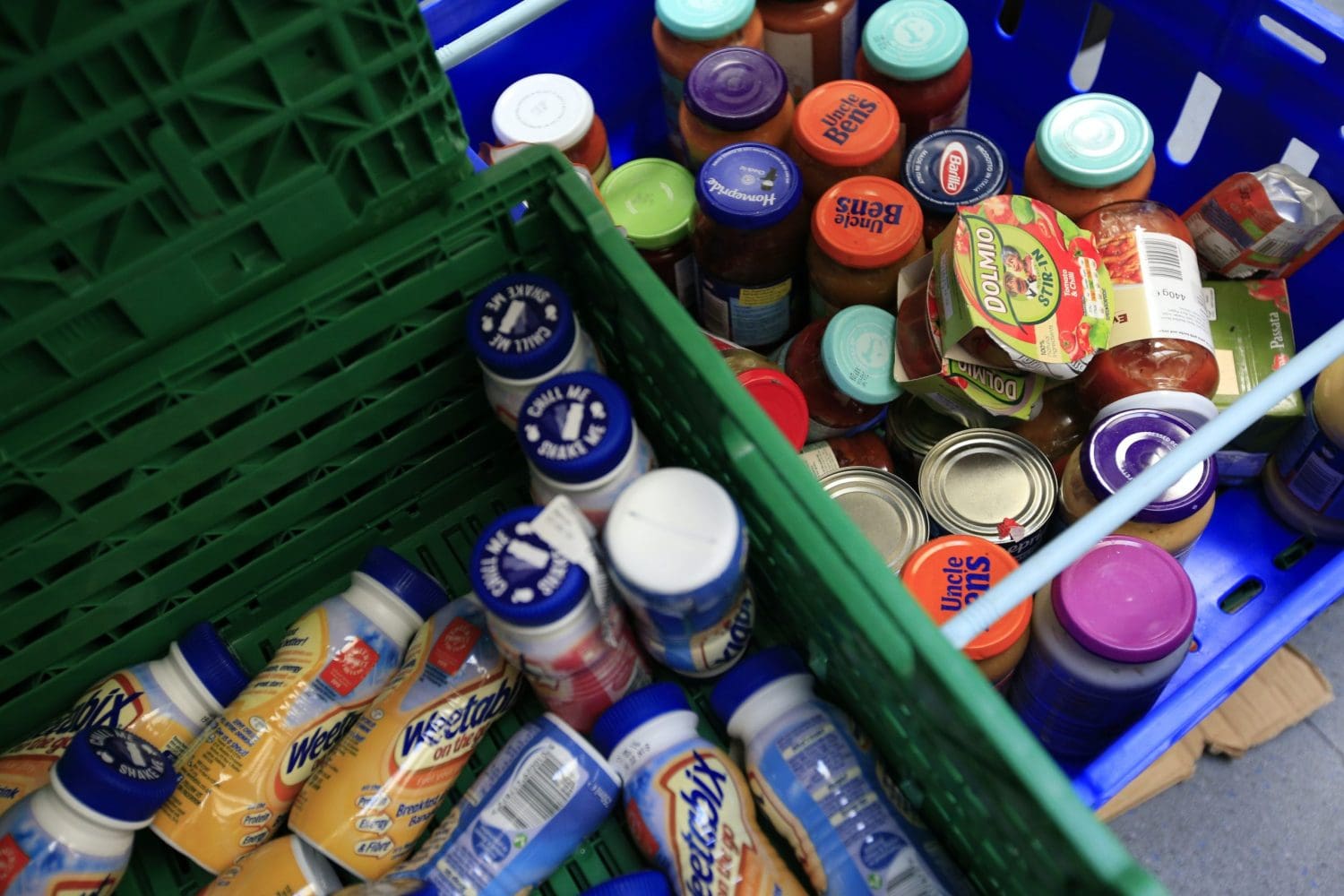One in three children do not see themselves in the books they read, a study suggests.
More young people from ethnic minority backgrounds than from white backgrounds responded in this way, at 40% compared with 30.5%, according to a National Literacy Trust (NLT) report.
The research, based on a survey of children aged nine to 18 in the UK, found two in five (39.8%) would like more books with characters similar to them.
Nearly half (45.6%) of young people from Black ethnic backgrounds said it is difficult to find books with characters who look like them, it found.
The NLT report found the issue is more pronounced among younger pupils, with nearly twice as many children aged nine to 11 (42%) unable to identify with characters in books compared to peers aged 14 and older (23.2%).
The survey also suggests more young people who receive free school meals than their more affluent peers say they do not recognise themselves in what they read at 37.3% compared with 31.9%.
The issue is particularly salient for children who describe their gender not as a boy or girl, with 44.3% of these young people saying they struggle to see themselves compared with 32.7% of boys and 32.5% of girls.
Overall, 32.7% of children and young people between nine and 18 said they do not see themselves in what they read.
The struggle to find characters like them in books may impact a child’s “engagement with reading and its associated benefits”, the report says.
The NLT is calling for the public to join its fundraising appeal to help the charity increase children’s access to books they can see themselves in.
Jonathan Douglas, chief executive of the NLT, said: “This Christmas, we want to shine a light on the essential importance of a child, a person, feeling that they can identify with the characters they read about.
“As a charity, £7 allows us to increase access to books that will help children feel seen through our programmatic and local work. We know just one book can change someone’s life story.”
A total of 58,346 children aged nine to 18 in the UK were surveyed between January and mid-March.

















